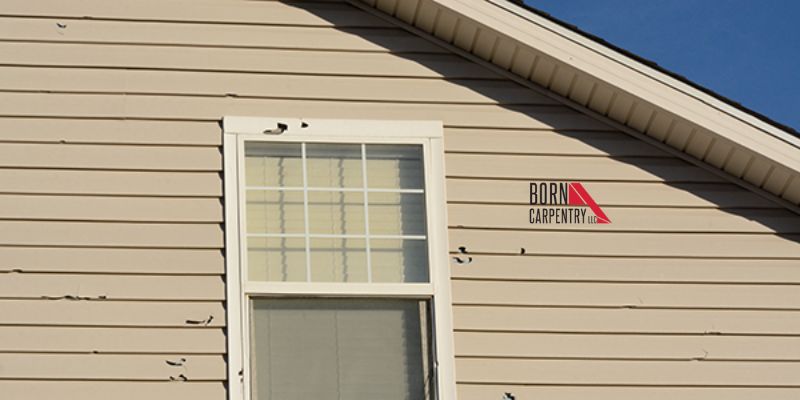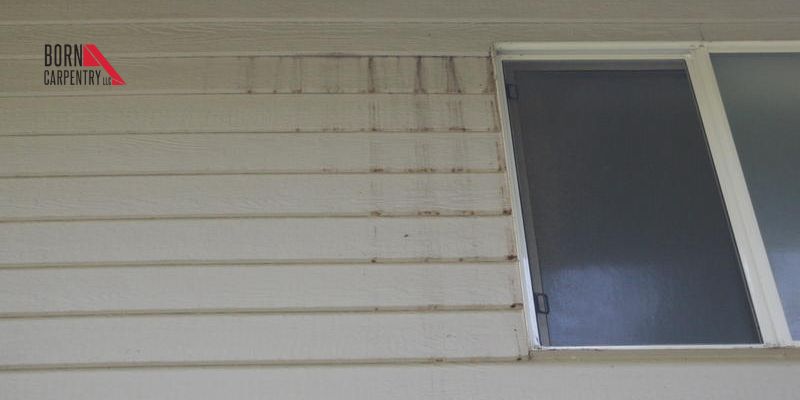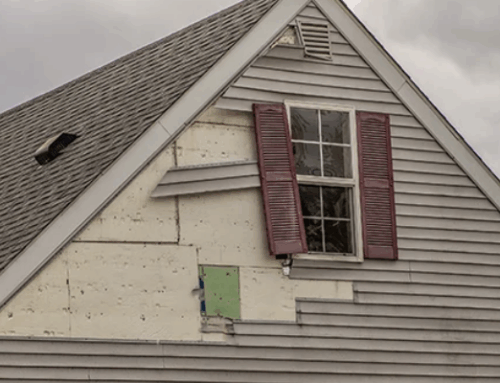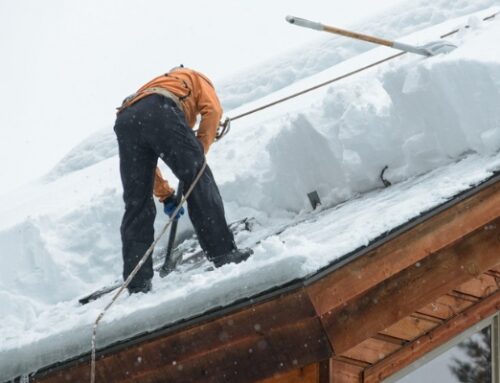The siding of your house protects your home from pests, weather damage and external threats. That said, your siding can become worn down or damaged over time. When this happens, you may need to consider siding repair or replacement. Choosing the best option depends on several signs worth considering before deciding what to do about any issues.
Signs That You Need To Repair Your Siding
Siding repairs are often less costly and faster than total replacement. This has made it the popular choice even though it might not be the best solution at all times. Below are some signs that show that you need to repair your siding…
1. Loose Or Cracked Siding
A sign that indicates that your siding needs to be replaced is when you notice loose or cracked siding. You’ll likely notice an abnormality in a small section or with one or two boards. This is a minor issue where you can proceed by removing and replacing the affected piece. Doing this is a technically simple and cost-effective repair. However, the situation becomes more concerning when larger sections of your siding show cracks or when a larger area is found to be loose. In such cases, contact a professional. An expert can assess the extent of the damage and perform the repairs as required. Having professional help ensures that complex issues with your siding are addressed.
2. Dents In Siding

It is typically easy to repair a dent in your siding; The cause of these dents can vary, ranging from hailstorms to accidental impacts such as a ball or something else striking the siding.
Unless your siding shows a complex dent that spreads across its surface, a straightforward repair involves changing the panel. In most cases, addressing these individual dents immediately ensures that your siding maintains its aesthetic appeal and structural integrity.
3. Appearance Of Mold
You should consider repair work if you notice a small amount of mold on your siding. Look for the cause of the mold’s appearance, and ensure that you eliminate all traces of it. Additionally, thorough removal of the mold is essential. Even small amounts can lead to the issue happening again. Use proper cleaning methods and, if necessary, consult a professional for mold remediation to prevent potential deterioration.
4. Discolored Or Faded Siding
The fading or discoloration of siding is often due to prolonged exposure to sunlight and the effects of weathering. These changes serve as a sign that your siding requires attention to restore its original luster and protective qualities.
Addressing this issue with repair efforts enhances both its aesthetic appeal and ability to protect your home from environmental elements. In doing so, you contribute to the longevity and resilience of your home’s exterior.
Signs That You Need To Replace Your Siding
Sometimes siding repair may not be enough, and you may need to replace your siding. Here are signs that there is a need for siding replacement…
1. You Notice Rot
The presence of any form of rot is a sign that siding replacement is required. The sign of rot indicates the deterioration in the condition of your siding. It is also a sign that your siding is no longer functioning as it should. Immediately addressing this issue with a siding replacement will prevent more extensive and further damage to your home.
When left unaddressed, rot can spread and affect the structural integrity of your home. This can result in costly and extensive repairs, as well as compromising the safety and stability of your home. By immediately replacing the affected siding, you reduce the risk of this happening.
2. Visible Water Stains

The presence of discoloration on your siding is an indicator that water has infiltrated your siding. In such instances, it is crucial to locate the affected siding and completely replace it. Discoloration and streaking often result from water seepage, which can lead to issues within your home, including mold growth, structural damage and decreased energy efficiency.
Addressing discoloration or streaking is a measure that ensures the long-term well-being of your property.
3. Increased Energy Bills
If you have noticed a gradual increase in your heating and cooling expenses over the months or years, it could be a sign that you need to replace your home’s siding. However, this can be a challenging issue because increased utility bills can also mean that there are underlying problems with your home’s insulation. Therefore, it is recommended to seek the expertise of a professional home improvement contractor to conduct an assessment. This professional evaluation ensures that you invest your resources wisely. They will address the root cause to help maintain your home’s comfort and reduce long-term operating costs.
4. Excessive Maintenance
A common sign that it is time for siding replacement is the need for cleaning, repainting or repairing your siding every few years. Siding that functions optimally should retain its structural integrity and color for a minimum of 8 years. However, if you find yourself struggling with chipping, peeling or frequent cracking, consider siding replacement.
Ongoing maintenance and deterioration can be time-consuming and costly over time. A new siding installation offers a long-lasting solution because it ensures your home maintains its visual appeal and structural integrity. The result of this is cost savings and reduced hassles– and you’re protecting your property.
Summary:
Deciding between siding repair and replacement depends on various signs. You have to pay attention to various indicators to know if a repair or replacement is required. A thorough evaluation by a professional contractor is also a good idea in order to make an informed choice that will preserve the integrity of your home in the long run.






